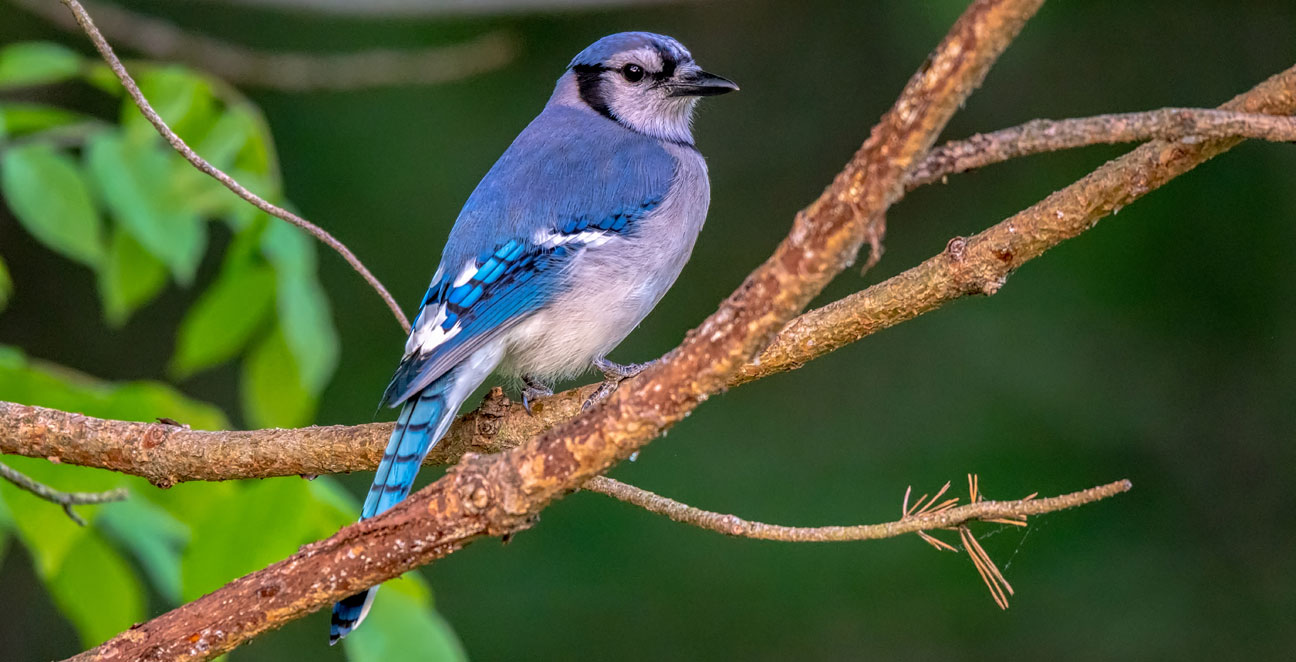
Wild Turkey
Scientific Name:
Meleagris gallopavo
Length:
43.3-45.3 in (110-115 cm)
Weight:
88.2-381.0 oz (2500-10800 g)
Wingspan:
49.2-56.7 in (125-144 cm)
Nest:
Wild Turkeys nest on the ground in dead leaves at the bases of trees, under brush piles or thick shrubbery, or occasionally in open hayfields.
The female scratches a shallow depression in the soil, about 1 inch deep, 8–11 inches wide, and 9–13 inches long. Wild Turkeys use only the dead leaves or other plant materials already present at the nest site.
Eggs:
10-15, sometimes 4-18, rarely more. White to pale buff, dotted with reddish brown. Sometimes more than one female will lay eggs in one nest.
Feeding Behavior:
Forages mostly by walking on ground. Often scratches in leaf litter to expose food items. Sometimes climbs in shrubs or trees to eat berries. May forage most actively in early morning and evening. Adults feed largely on plant material, including nuts, berries, grains, seeds, grass, roots, and bulbs, but they will also supplement their diet with small invertebrates. The young feed mainly on insects.
Young:
Downy young leave nest soon after hatching. Female tends young, and broods them at night for several weeks; young feed themselves. Young can make short flights at age of 1-2 weeks, but not full-grown for several months.
Range:
Its range is one of the largest of all subspecies, covering the entire eastern half of the United States from Maine in the north to northern Florida and extending as far west as Minnesota, Illinois, and into Missouri.
Brief Description:
Fully-grown wild turkeys have long, reddish-yellow to grayish-green legs. Each foot has three front toes, with a shorter, rear-facing toe; males have a spur behind each of their lower legs, used to spar with other males. The body feathers are generally blackish and dark, sometimes gray-brown, overall, with a coppery sheen that becomes more complex in older males. Mature males have a large, featherless, reddish head and red throat, with red wattles on the throat and neck.